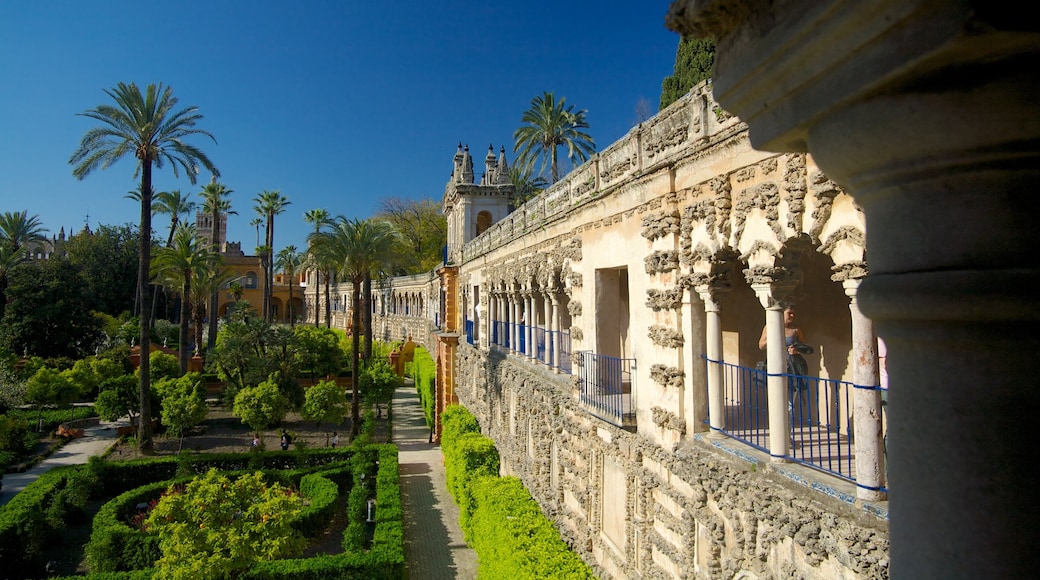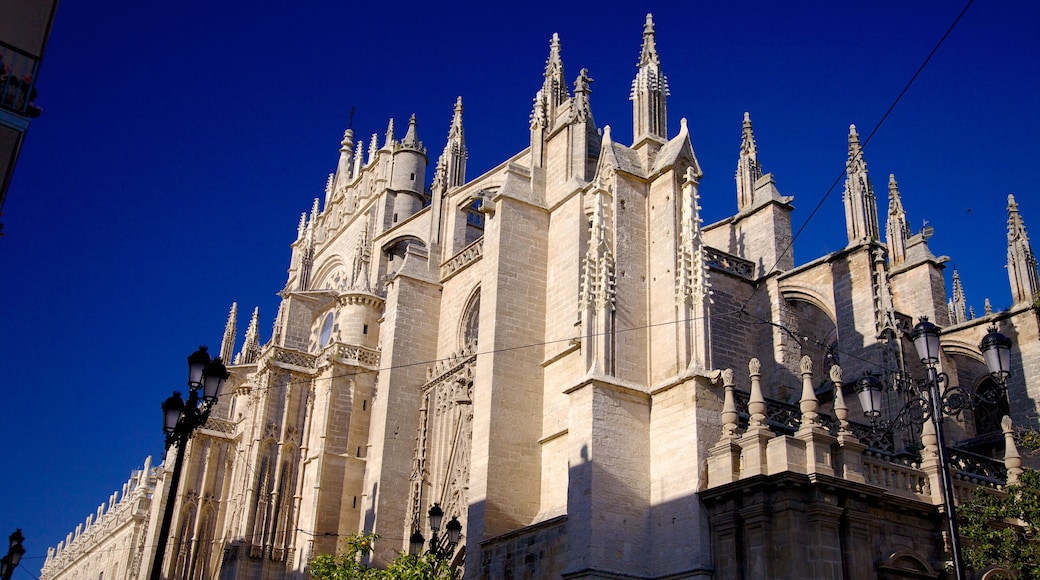Seville's past is a rich and multicultural one. The city was first formed by the Romans, and in 712 was taken over by the Muslims. Later still, it was taken back by the Christians, to be transformed into a symbol of wealth and virtue. Take a stroll through Seville's Old Town to witness the influence of intertwining cultures and religions.
Seville Cathedral (Catedral de Sevilla) is the focal point of the city. One of the world's biggest churches, it bedazzles with magnitude and resplendence. Adjoined to the cathedral is La Giralda, a fascinating concoction of Muslim and Christian design, and a vantage point from which you'll find the best views of Seville. You needn't walk far to discover the Old Town's next treasure the Royal Alcázar (Real Alcázar) complex is replete with lush sunken gardens, fountains, decorative courtyards and gilded ceilings.
Though Seville locals wear their past with pride, they also know how to live in the present. With its sunny disposition and alfresco dining culture, Seville is never short of a great spot to tuck into tapas. Afterwards, take in a sporting event or concert at the massive La Cartuja stadium.
You may be fortunate enough to be in town while a major festival is going on. Feria de Abril is a week-long jaunt with flamenco parties in the streets and a huge fair pitched up alongside the Guadalquivir River. Semana Santa de Sevilla, which occurs just before, is taken seriously here, and is one of the biggest Easter processions in this part of the world.
Seville is well served by public transport. Buses are regular and cheap. You can also get around under your own steam by hiring a bike. If you're focussing predominantly on the Old Town, most of the major sites here can be reached on foot.
The weather in Seville is one of its highlights the coolest average temperatures are in January, around 11°C. At the height of summer, the heat can reach over 35°C. Pack accordingly. Spring and autumn are when the major festivals happen, and are therefore peak seasons.




